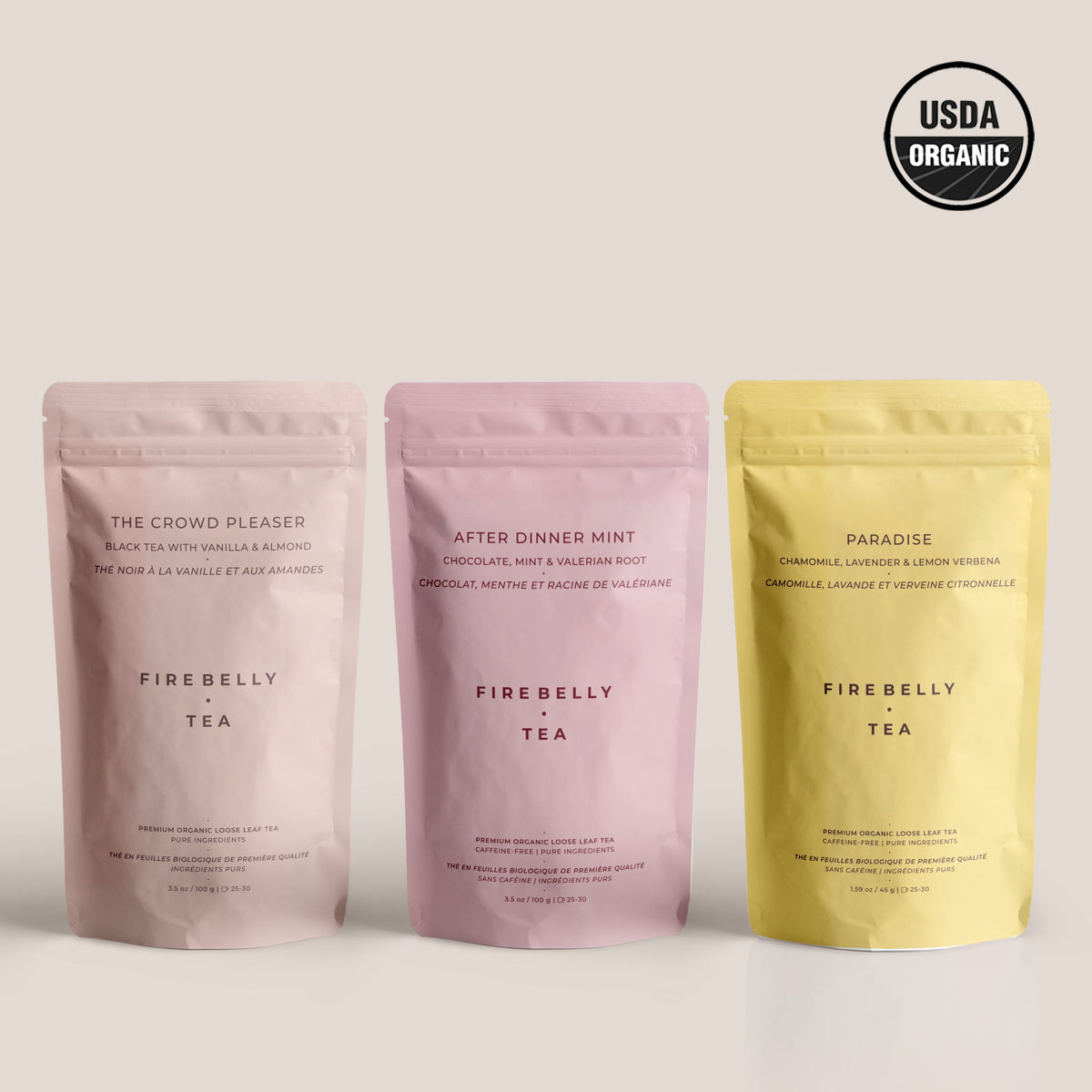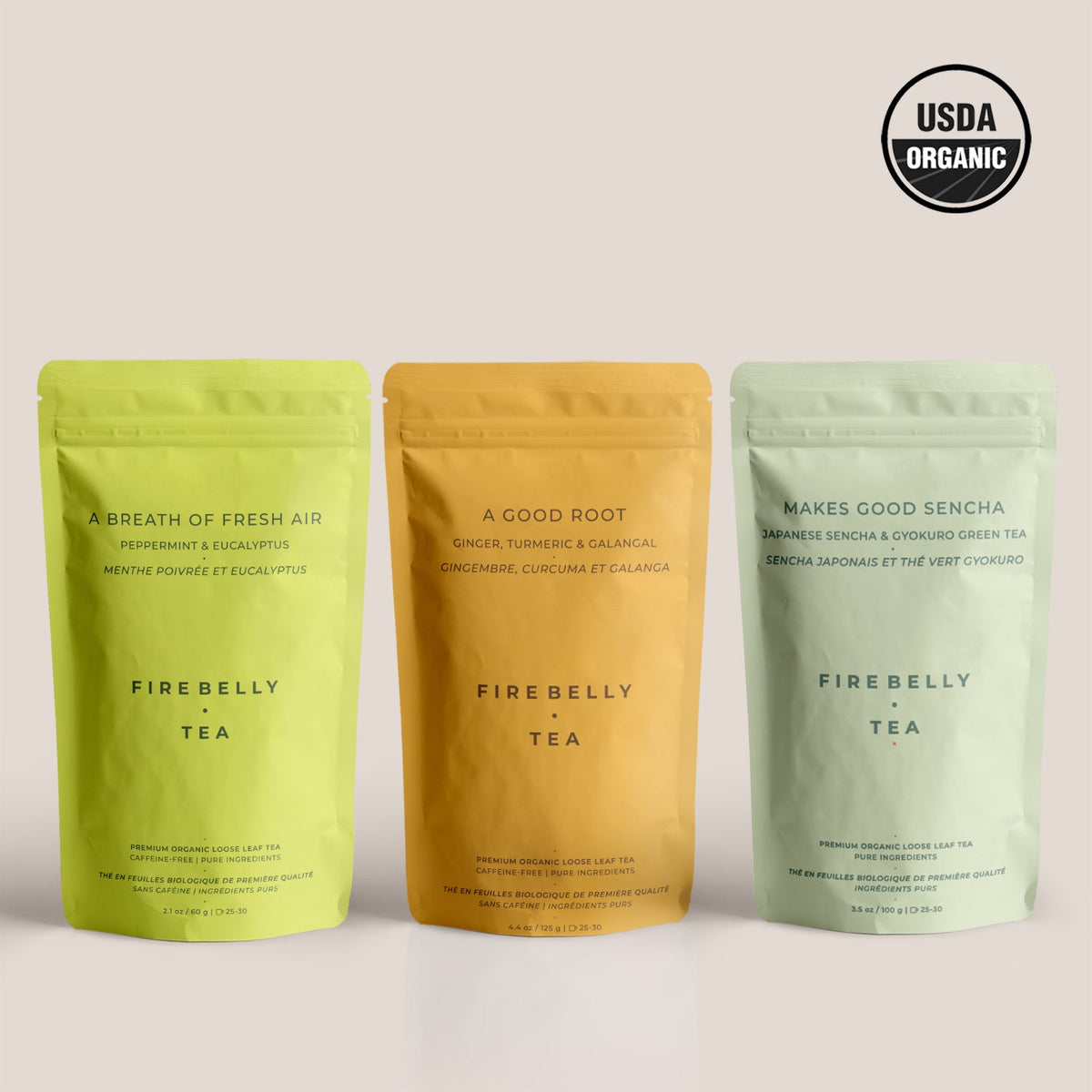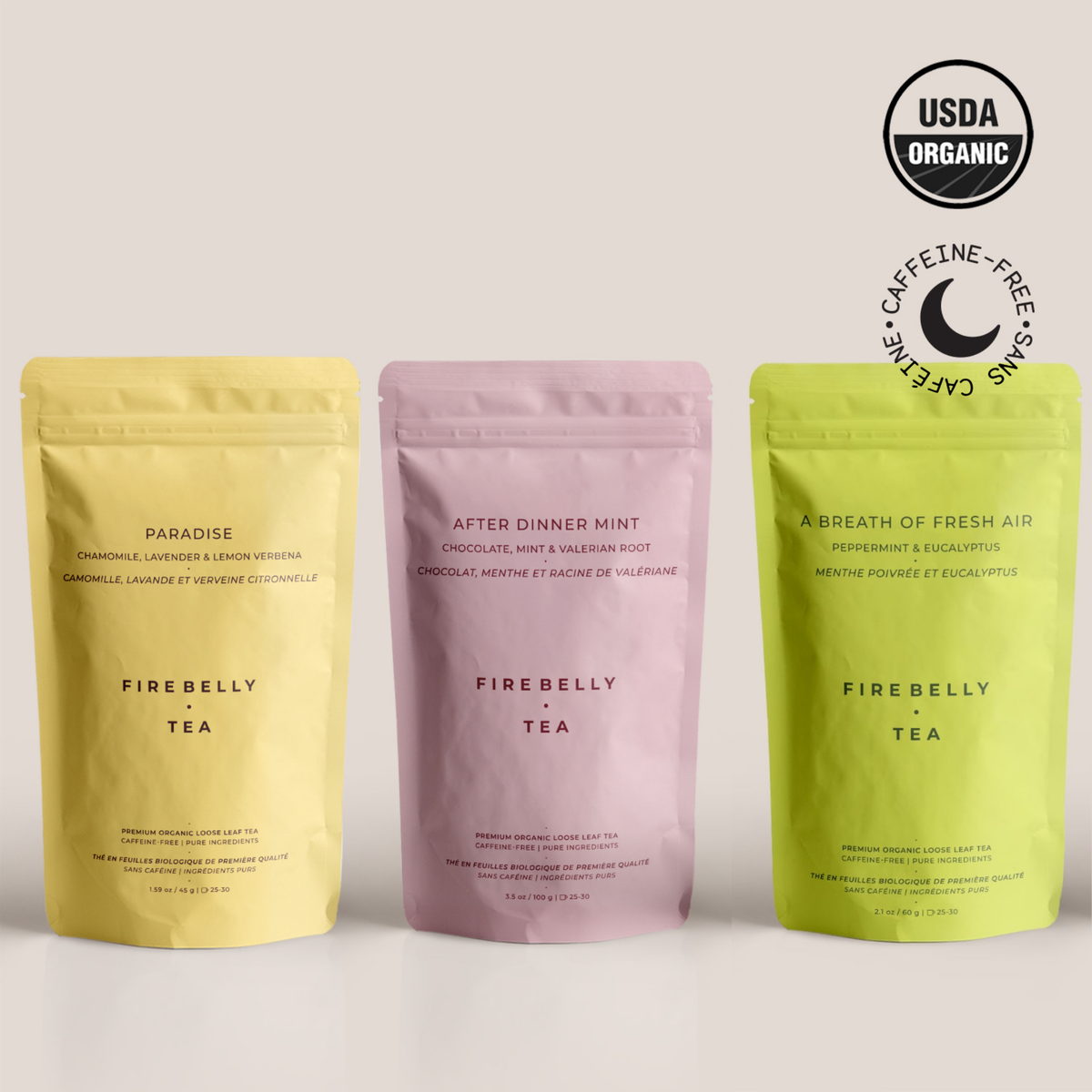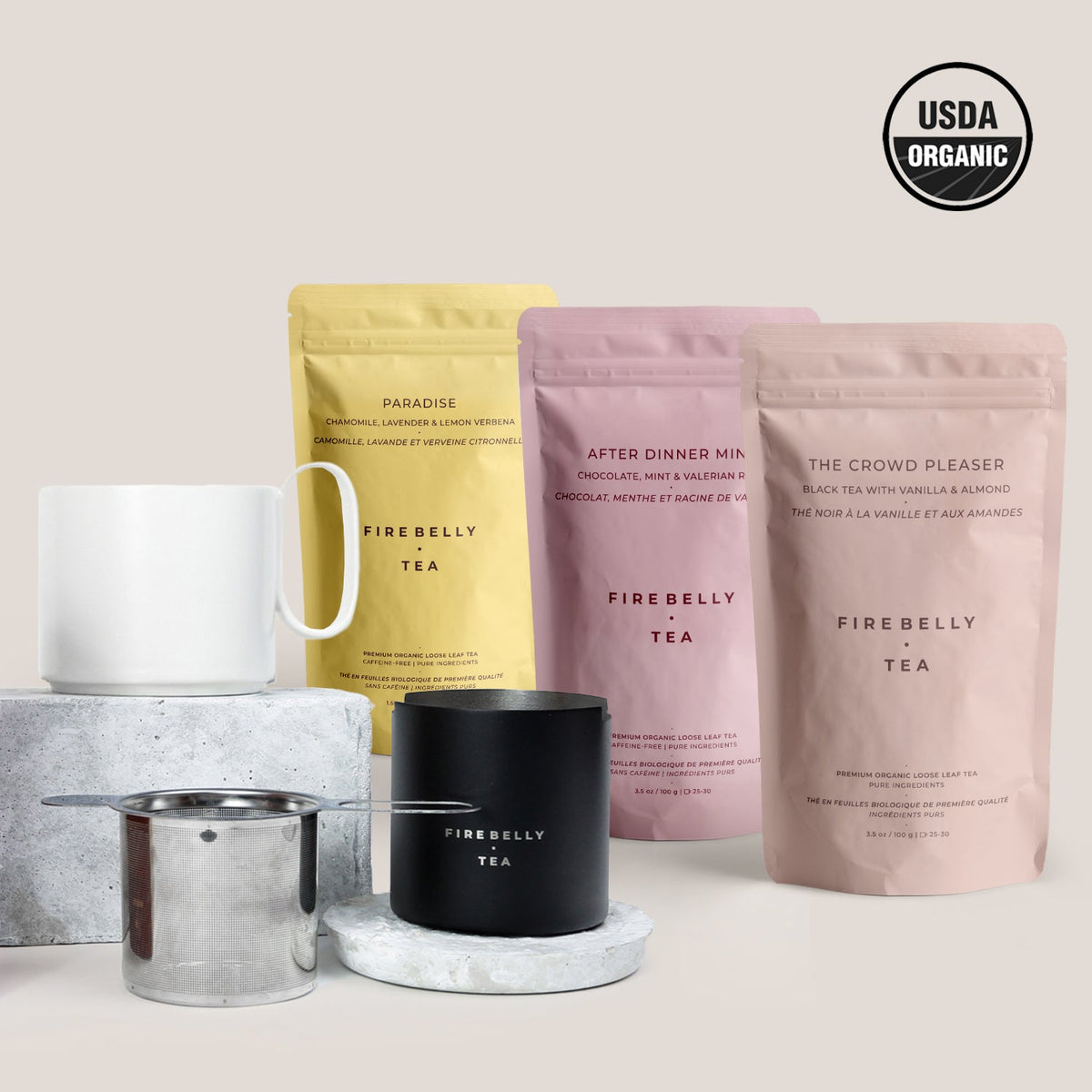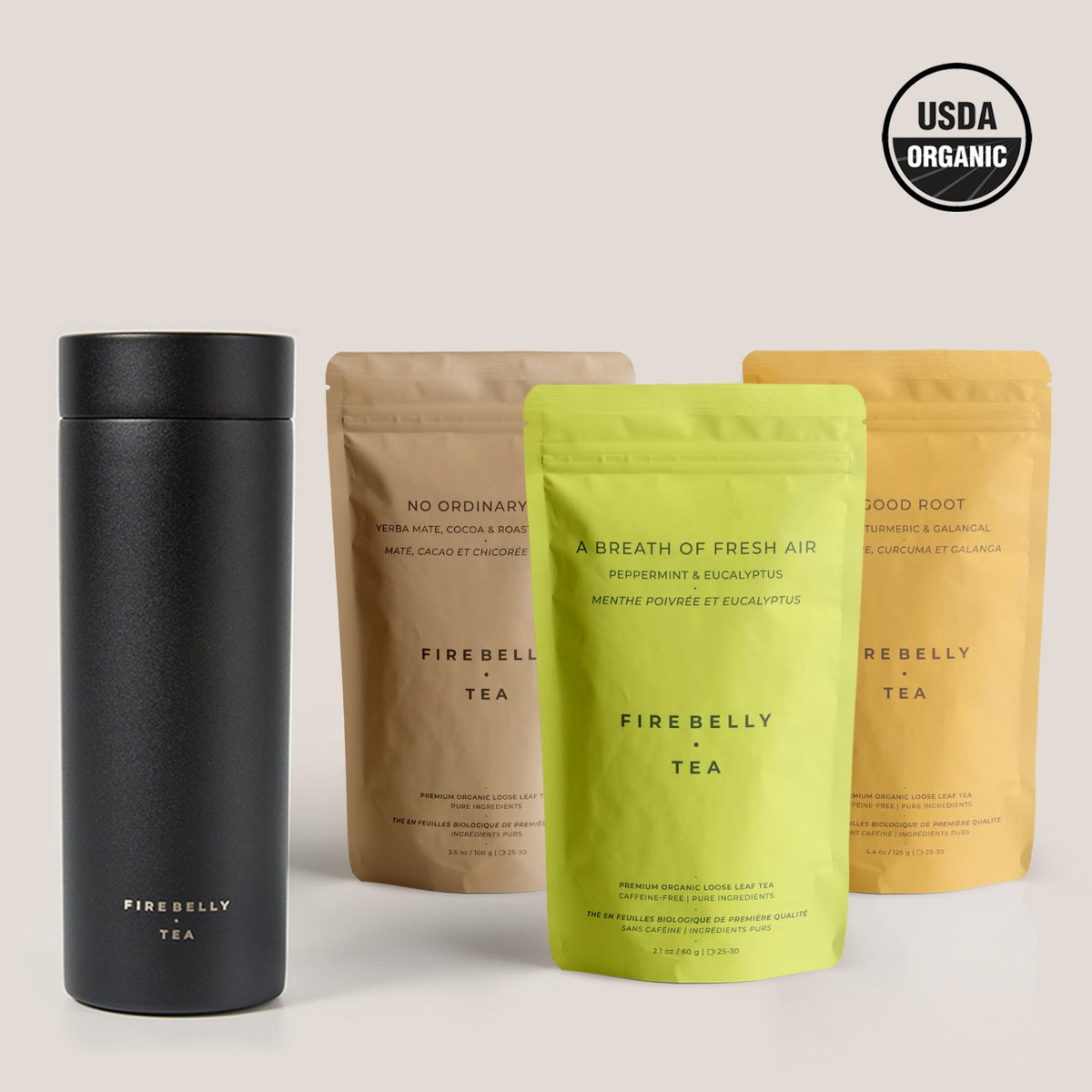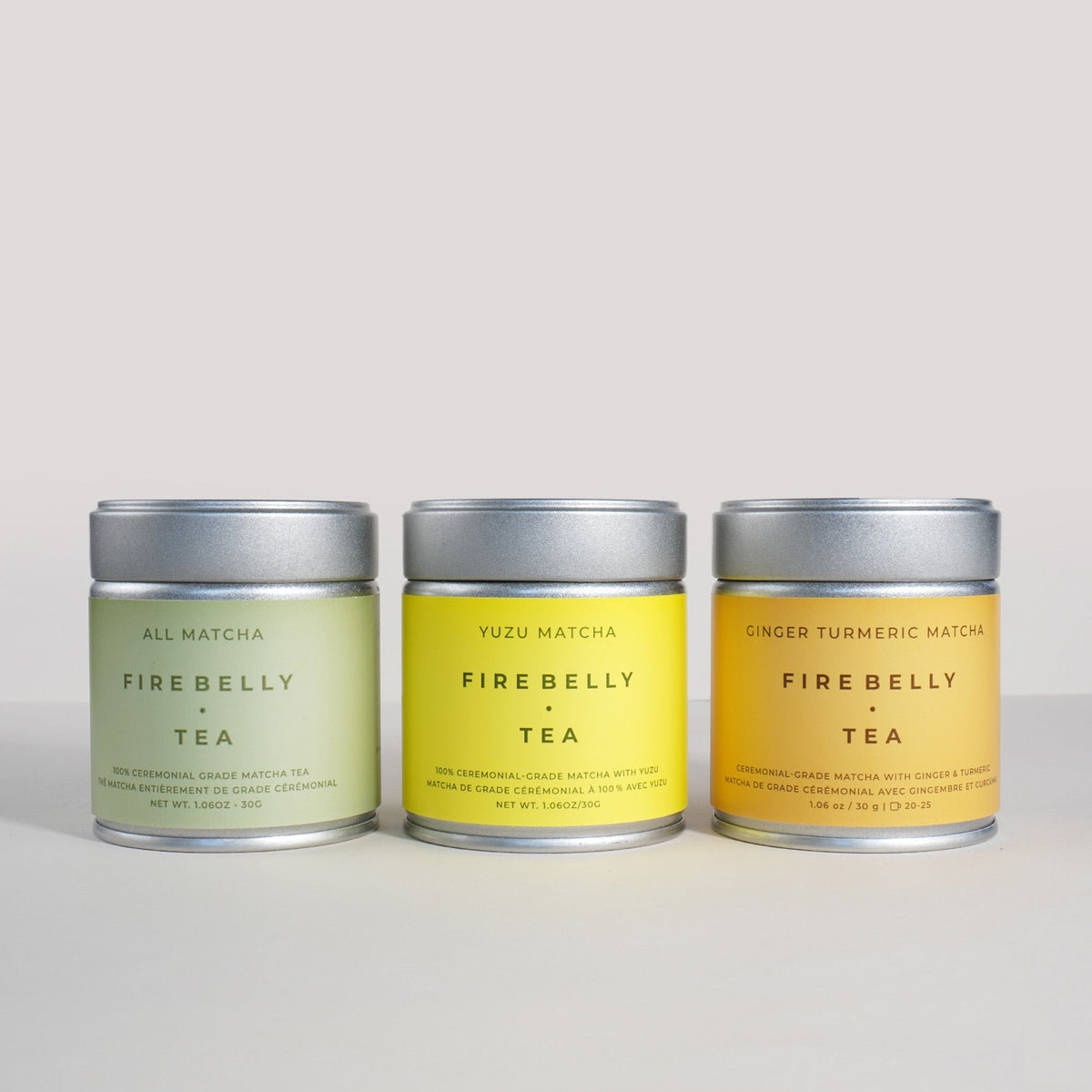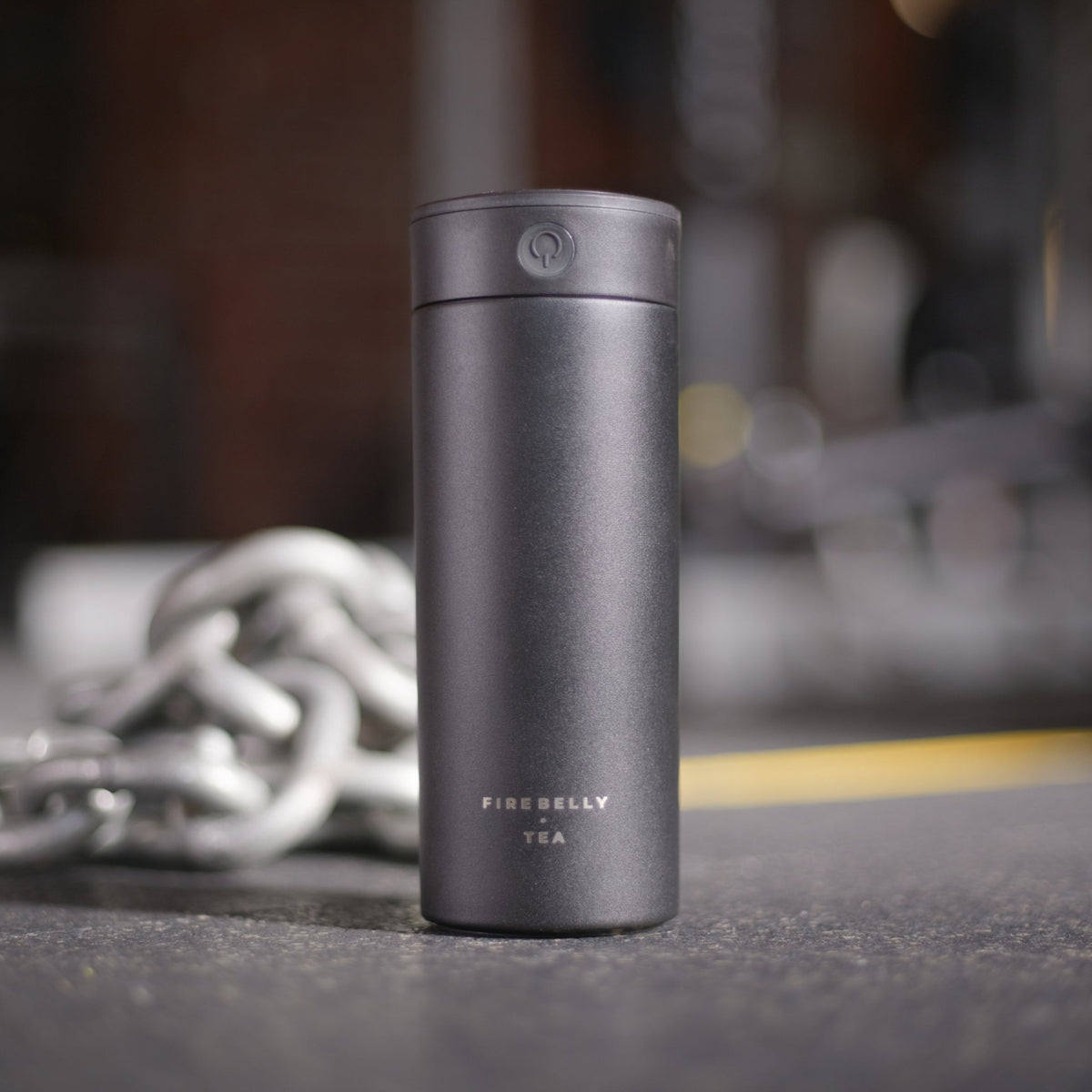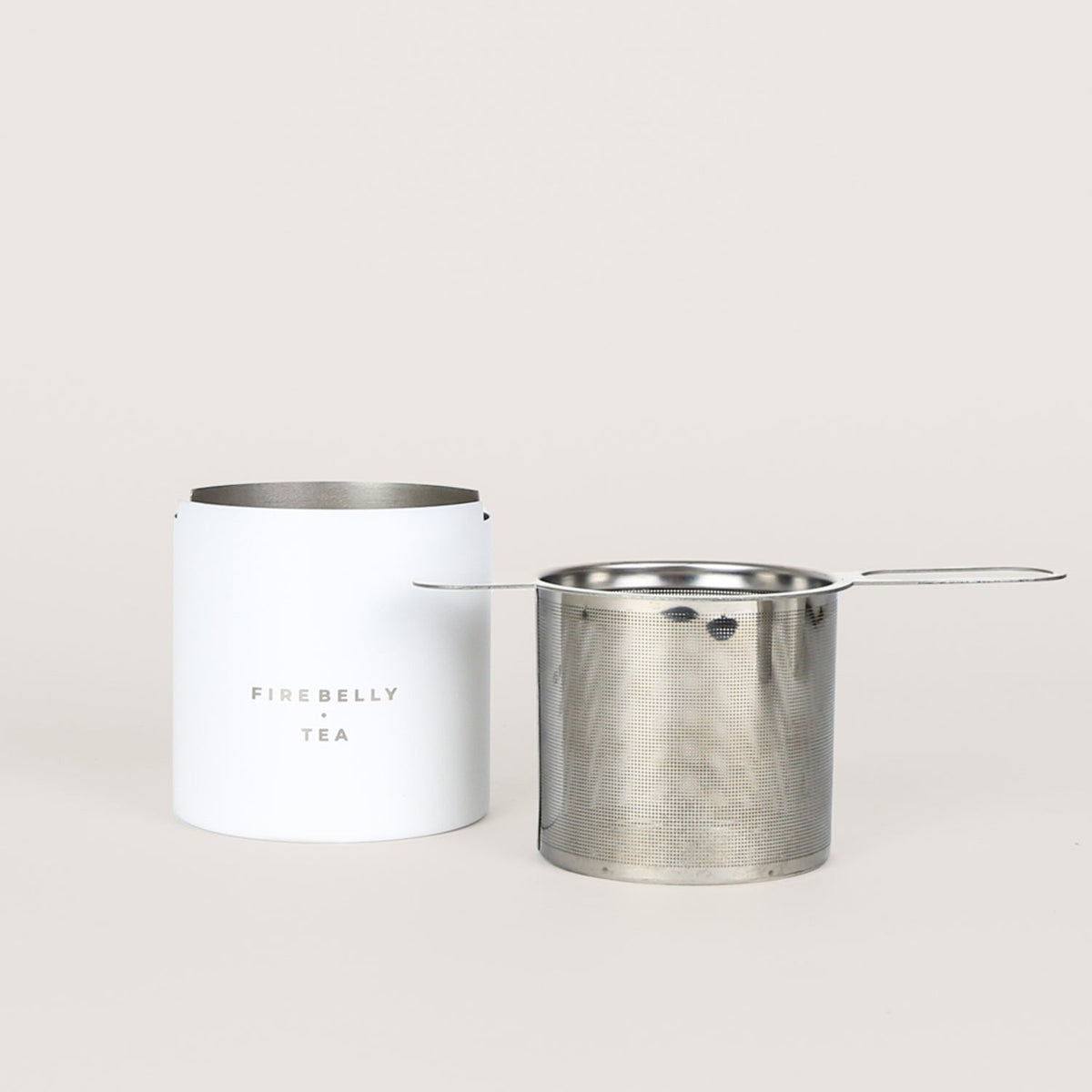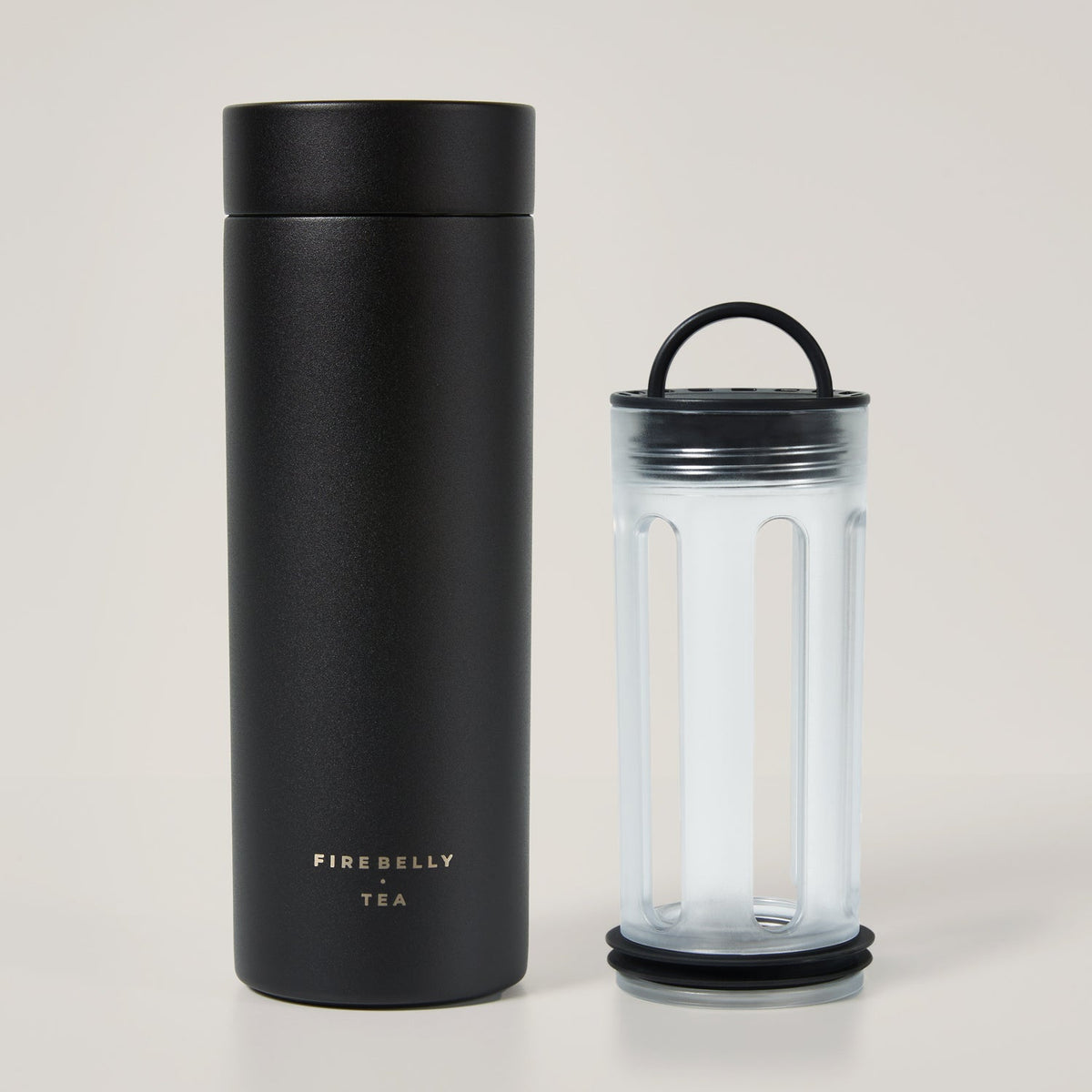Let's face it; we're a nation obsessed with healthy eating. People who want to know how healthy a food is will spend most of their time in the grocery stores looking at terms like "artificial" and "all-natural" on the ingredients list. It is also important because what we eat gives us a deep sense of what healthy food and ingredients mean to us.
But which foods do we avoid, what exactly are food additives, and what significant function do they perform? In this article, we're going to look at the terminology consumers should be familiar with, like "natural" and "artificial" flavors, what they mean, and what they are doing to your health.
Before starting any new diet, check with your doctor or professional healthcare provider. They will give you essential nutrition advice on the foods you want to eat. And they will let you know which foods are best for you.
What are Artificial and Natural Flavors
According to the FDA, the term "natural flavor" refers to flavor compounds derived from fruit, fruit juice, vegetable juice, or the bark, root, flower, herb, bud, leaf, spice, or other similar plant material.
Natural flavors can also come from meat, poultry, eggs, seafood, dairy, or even fermentation products like nutritional yeast. All these flavors are generally recognized as safe to consume, and chefs add them with one goal: to add flavor to the food product.
Although "artificial flavor" is also a flavor compound, it is derived from artificially created chemical compounds. For example, the chemical compound called "cinnamaldehyde," along with many other chemical compounds, creates the scent and flavor of cinnamon. Or "vanillin" and a whole host of other chemical compounds are used to simulate the flavor and fragrance of vanilla beans.
You can extract cinnamaldehyde and vanillin from both artificial and natural sources. The flavor molecules are chemically identical, whether they are extracted from artificial or natural sources. However, when they are derived from artificial sources, they are synthetically produced; when they are extracted from natural sources, they are derived from food.
The Difference Between Natural and Artificial Flavors
To understand the difference between artificial and natural flavors, let's take a closer look at vanilla extract. Natural vanilla extract is made with compounds from vanilla beans that are further diluted with alcohol.
The main compound is vanillin, but other compounds, such as hydroxybenzaldehyde, hydroxybenzoic acid, and anisaldehyde, give natural vanilla its flavor. However, if you spend time ingredient label reading, you might put it back thinking all those terms were unhealthy. The truth is that these are simply the chemical compounds that make up the natural flavor of vanilla.
On the flip side, when you purchase artificial vanilla extract, you're getting a product missing the most important molecules that give it its distinctive flavor. Instead, those molecules are created in a lab and then diluted with alcohol. Even though the synthetic version is missing over 100 supporting compounds, the main flavor compounds are identical on a molecular level, resulting in a flavor that will taste similar.
How do Companies List Natural and Artificial Flavoring
With most processed foods, the ingredients list will use the words "artificial flavors" and not provide much more detail. What this means is that those foods will have several chemical flavor additives making an artificial flavor designed to give you the same flavor you would get from natural flavoring.
The best part about labeling is that if the product lists "natural flavors," it has to have natural flavors. And if the product details "artificial flavors," it has artificial flavors. Manufacturers cannot slide in some artificial ingredients under the guise of another name like "synthetic vanillin."
The label must say "artificial" and nothing else if the ingredients are artificial. It makes it easy for those carefully reading labels wanting to know what is inside the product they're about to purchase.
A Brief List of Some of the Terms for Natural and Artificial Flavors
Artificial flavors are proprietary chemical formulas owned by the flavor companies that create them. The flavor industry is full of flavor companies with artificial flavors and additives designed to produce every flavor under the sun for our food supply.
The flavor industry creates strict guidelines that require flavor companies to ensure their products are accurately labeled, listing everything - including additives. Beware foods that don't follow these guidelines. Here are a few other terms to look for on your ingredients label when grocery shopping:
#1. Sugar Substitutes
Artificial sugar is a chemical or plant-derived substance used to sweeten or enhance the flavor of foods and beverages. Named "artificial sweeteners" or "non-caloric sweeteners," these sweeteners can be put into processed food items or used as a stand-alone sweetener on your table for coffee or tea. Examples include mannitol, sorbitol, and xylitol.
#2. Colorings
Food colors or dyes are chemical substances added to a food product to alter or enhance its appearance. Three top food coloring additives used food dyes in 90% of food requiring color - Red 40, Yellow 5, and Yellow 6.
#3. Genetically Modified Foods
Although "genetically modified" doesn't mean a food additive, it should be mentioned because genetically modified food products are more likely to contain additives like artificial flavors and colors.
There is also some hesitancy to purchase GMO food for fear of cancer or allergic reactions from consuming them. Regarding cancer, there is no concrete proof that GMOs cause cancer. However, GMO food additives may cause some allergic reactions in people. Always check with your doctor to determine which food additives you can digest without an allergic reaction.
Artificial Flavors and Your Health
Artificial and natural flavors only serve one purpose: to add flavor to food. They offer no real nutritional value or health benefits such as vitamins, minerals, or fiber. In some extreme cases, artificial flavors can be dangerous.
One such case of artificial flavoring affecting people's health happened at a popcorn factory. Workers suffered lung issues and breathing difficulties from breathing in diacetyl; a compound used to make artificial butter flavor. News like this makes people suspicious of buying products with artificial flavors. However, so many processed foods that use dairy products contain diacetyl. Everything from milk, cream, sour cream, and butter gets its flavor from diacetyl.
Eating diacetyl in dairy products is not the same as inhaling a tremendous quantity of the stuff into your lungs. Furthermore, it makes no difference if a factory worker inhales diacetyl from natural butter flavor or artificial flavors. The effect is the same because the chemical makeup of diacetyl is exactly the same.
According to the study, eating a bag of microwave popcorn is considered safe because exposure to airborne diacetyl is minimal, and the amount of diacetyl consumed, natural or artificial, causes no issues to a person's digestive system. However, nothing beats organic popcorn popped on the stove in a pot and covered in your favorite spices and seasonings.
Should You Avoid Artificial Favors Altogether?
Supermarket shopping can be a nightmare for people trying to find food without artificial flavoring agents, artificial coloring, or sweeteners. If your main goal is to avoid artificial ingredients, there is one rule of thumb to follow. Most heavily processed snack foods like potato chips, candy, sauces, or pre-packaged meals contain artificial flavors. And sadly, the American diet is synonymous with supermarket shelves full of "products" rather than food.
To date, some scientific evidence suggests artificial flavors, artificial food colorings, and sweeteners may not harm your health. However, the foods you'll find these additives in, like potato chips, candy, and processed and packaged meals, are typically not considered healthy.
If you want to consume healthful foods, stick to buying fresh produce or foods as close to their natural state as possible. And always look for locally grown produce that doesn't use pesticides. This means eating a cooked potato over a flavored potato chip.
If you're on the path to making healthy food choices focus on eating whole foods rather than worrying about the ingredients list. If your goal is to avoid artificial flavor ingredients and choose "all natural-flavored" cookies and chips, you might not be making that much of a difference when ingesting additives.
The average American consumes about 150 pounds of food additives. By eliminating processed foods, you'll cut out undesirable food additives like artificial flavors simply by default.
The Final Scoop on Food Chemical Additives
The distinctive flavors of the foods you love occur at the molecular level. The combination of those compounds makes a banana taste like a banana. These compounds, whether natural or artificial, impart flavor to food and our taste receptors do the rest of the work by enjoying it.
In an ideal world, better health means avoiding consuming too many artificial flavor ingredients and sticking to more natural ingredients. However, the best thing you can do to avoid eating too many artificial ingredients and additives is to find products with fewer ingredients overall.
Real food will give you just as much flavor without any flavor additives. This means that the next time you want something with the flavor of an apple, simply eat an apple. All the flavor with none of the additives!
